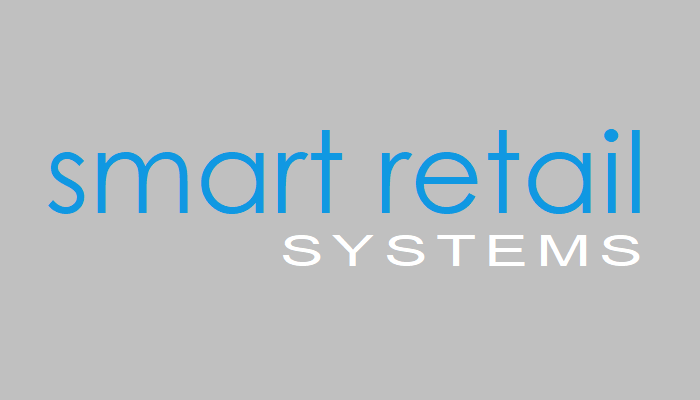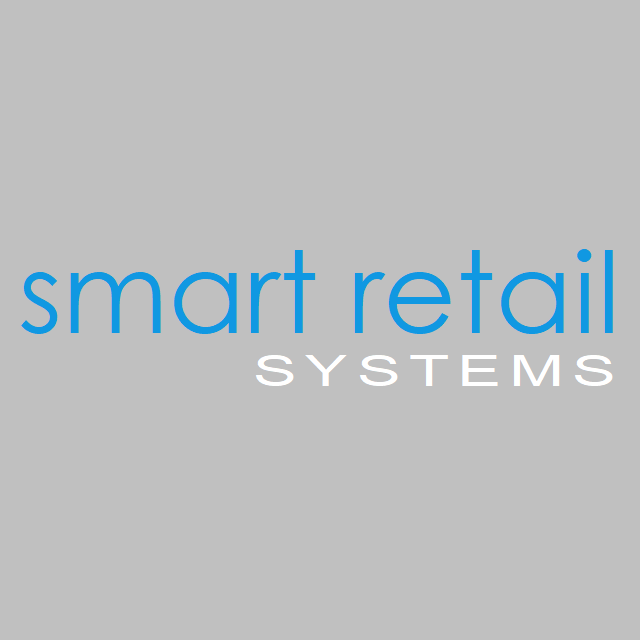By Ed Ickowski, EVP of Sales and Business Development at T+ink
The sheer size of IoT (Internet of Things) forecasts is mind-boggling, but what is even more surprising is that growth in this category is not only happening, but accelerating. When end-points are made intelligent with sensors and connected to the cloud where data can be collected and analyzed, businesses that build these connections can run their operations more effectively and profitably.
In the case of retail, consumers and retailers alike can win when physical stores become even smarter than the e-commerce platforms challenging their very survival today.
There are a lot of “things” inside a retail store ─ from the products themselves, to displays, interactive digital signage and promotions.
And there are a lot of “people” inside a retail store ─ and the ones who matter most are the consumers. More and more of these consumers are carrying their digital shopping experience with them into the retail store and increasingly interacting with “deals” that they subscribe to using mobile apps or are introduced to through fast growing beacon technology.
Beacons send signals to shopper’s mobile devices when they are in proximity of products they might like ─ based on their shopping history and personal preferences setting. For example, a busy Dad may have only a short time for a Target run, and no time to create a shopping list. In his phone, he has set “send me special offers for Tide” on Target’s App which can save him money and time (avoiding a trip back to the store). As he enters the home cleaning aisle, a beacon pushes a mobile coupon to his phone reminding him to grab that 64 ounce Tide bottle, which he then presents at check out.
Even without beacons pushing offers to a consumer’s smart device, intelligent retail stores are driving sales. Taking this example further, let’s say that a bunch of busy parents were at the same Target, and either with or without the beacon offer, decided to stock up on Tide. They may have seen an ad in a circular, noticed an end-cap display with a floor talker, witnessed the product on an interactive display, been reminded about the sale on an email, or told about the deal by a friend. Regardless of the specific device employed, the omnichannel marketing campaign is really working, and the shelves are starting to look a little bare!
In the near future, smart shelves will be able to sense inventory and alert in-store retail professionals or those in the buying offices to restock the shelves so that businesses can more effectively optimize this valuable real estate.
In another scenario, let’s turn to a new seasonal endcap displaying Star Wars watches. On a busy Saturday afternoon, the retailer’s smart shelving unit seems to indicate that consumers are rapidly buying up Star Wars watches. However, the rate at which watches are being taken off of the peg is much faster than the store’s typical shelf velocities. This turnover could indicate something more than just a popular product – theft. When half a dozen watches are removed from a smart peg at once, an alert can notify store security personnel and activate surveillance cameras to watch and record the space for any nefarious activity.
Let’s add one more scenario ─ smart tags. As the Tide promotion takes off, the retailer can decide to dynamically raise the price. Supply and demand, based on real-time inventory reporting and analytics, can be fully controlled by the owner of the P&L.
In addition to the buying office, the store manager wins when he or she is able to optimize inventory throughout the location. The regional manager wins when his or her store managers are given tools to compete to be the most successful and profitable location. The security team wins when shrinkage goes down. Finally, the company and its shareholders win when optimization, competition, and inventory control combine to add tangible value to the business.
And let’s not forget about the consumers. They win when products are in stock, and when they do not have to pay the enormous “tax” that retailers tack onto products as a result of historic retail shrinkage.
What about the distributors and brands? Distributors win when they can see into the inventory levels and restock more efficiently, watching trends and being prepared for seasonal ups and downs. Brands win, in more ways than one, because they can subscribe to information from the retailers “smart systems,” giving them access to consumer behavior never made available beyond the traditional POS data.
What’s most interesting, perhaps, when thinking about the “Bricks and Clicks” retail ecosystem made even more powerful by IoT is that consumers can still enjoy the “3D” shopping experience with all of the benefits of the online e-commerce experience. All in all, IoT innovations help bridge the physical and digital worlds.
We look forward to sharing more developments with you this month as T+ink demonstrates its breakthrough retail solutions. Please tweet me at @ejickowski if you’d like to learn more.

